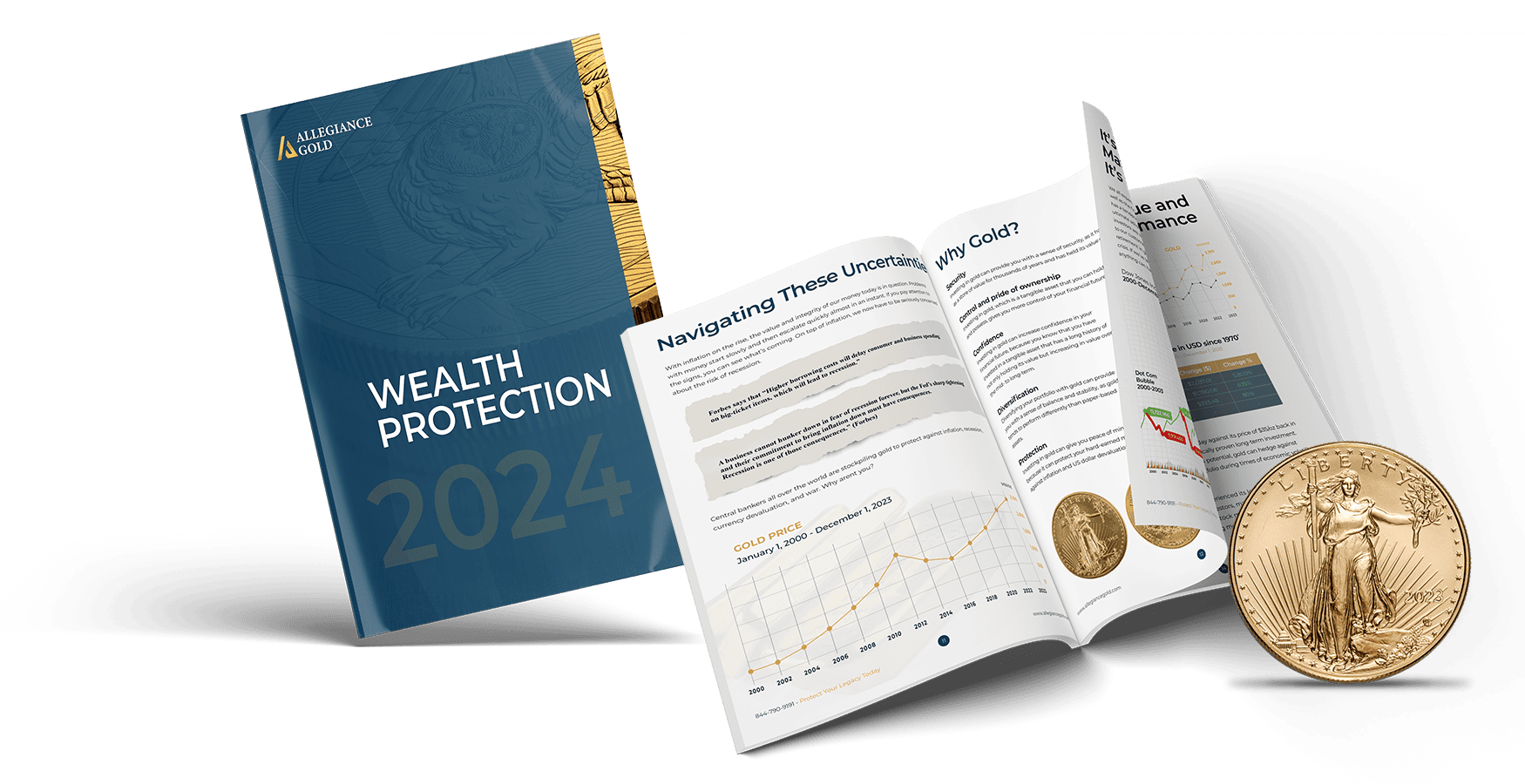Trump’s Return: High Hopes vs. Economic Realities
With Trump back in office, many Americans anticipate a resurgence of economic policies that will restore growth and prosperity. However, Trump’s administration now faces unique challenges, primarily a ballooning deficit and an unprecedented national debt burden exacerbated by conflicts in Ukraine and the Middle East. Let’s explore why traditional strategies like lowering interest rates, cutting taxes, and taking a hard line on foreign policy may not provide the quick economic fix expected—and why diversifying into safe-haven assets like gold and silver is a practical move for investors in uncertain times.
Lowering Interest Rates: An Inflationary Trigger?
Historically, Trump has favored lowering interest rates to stimulate economic growth, a strategy designed to encourage borrowing, spending, and investment. But while this can indeed create short-term economic activity, it comes with risks, especially in an economy already wrestling with high inflation.
- Weakened Dollar: Lowering interest rates reduces the attractiveness of the U.S. dollar as a global currency. When rates are low, foreign investors often seek higher returns elsewhere, leading to a reduced demand for dollars and a corresponding drop in its value. A weaker dollar may make U.S. exports cheaper, but it also means that the cost of imported goods, such as oil, raw materials, and consumer products, will rise, contributing to inflation.
- Fueling Inflation: Lower interest rates can also increase inflation by boosting consumer and business spending. In an economy already feeling inflationary pressure, this extra demand can drive prices even higher, diminishing purchasing power. Without interest rate hikes to curb inflation, the dollar loses value faster, making everyday goods and services more expensive for Americans. This is where assets like gold, which hold intrinsic value and tend to rise during inflationary periods, become a critical hedge.
Cutting Taxes: Compounding the Deficit Problem
While cutting taxes can stimulate economic growth, it also reduces the federal government’s revenue, increasing the national deficit.
- Expanding the Debt Burden: With lower tax revenues, the government may be forced to borrow even more to cover expenses, adding to an already enormous national debt. Increased borrowing also puts upward pressure on inflation, as the government pumps more dollars into circulation to meet its obligations.
- Weakened Fiscal Health: When government revenue declines due to tax cuts, maintaining vital services and covering national defense spending becomes more challenging. This economic vulnerability can weaken the dollar further, signaling investors worldwide to seek alternative reserve assets—like gold.
No Magic Wand: The Limits of Money Printing
During his first term, Trump was able to lean on monetary policy, including stimulus and money printing, to fuel the economy, specifically during his presidency, the national debt increased by $7 Trillion with another $1.4 approved for the next 10 years, in comparison with ~$5 trillion under Biden according to the Committee for Responsible Federal Budget. But in the current environment, further stimulus could worsen inflation rather than help. The Federal Reserve, aware of inflationary risks, is unlikely to expand money printing at the same levels as before. This limits Trump’s options to stimulate the economy, leaving GDP growth as the only sustainable way to close the deficit gap.
- GDP vs. Inflation: To reduce the deficit responsibly, the economy must grow at a rate higher than inflation. However, with inflation currently elevated, achieving this level of growth will be challenging without fueling further inflation or overburdening the dollar.
- Role of Gold: Historically, gold has acted as a hedge during times of economic constraint. When GDP struggles to keep pace with inflation, precious metals offer stability, providing investors with a means to preserve wealth as traditional currency values decline. This is why we see central banks and governments utilizing this asset class as a way to hedge against risks.

Rising Geopolitical Tensions and Dollar Alternatives
Trump’s “America First” policies, often characterized by strict sanctions, tariffs, and aggressive diplomacy, could drive some foreign nations to distance themselves further from the U.S. dollar. The BRICS coalition (Brazil, Russia, India, China, and South Africa) and other emerging economies have been actively seeking to reduce their dependence on the dollar, and Trump’s hardline approach may accelerate this trend.
- Fueling De-dollarization: Countries like China and Russia are already working to build trading systems that bypass the U.S. dollar. Additional sanctions or trade barriers could push even more countries to adopt alternative currencies or payment systems, gradually eroding the dollar’s role in international trade.
- Strengthening BRICS and Emerging Economies: Trump’s policies may inadvertently strengthen alliances like BRICS, leading them to seek independence from dollar-denominated assets. As the dollar’s dominance weakens, foreign central banks may continue to build up their reserves of gold, viewing it as a more stable and less politically influenced asset.
Building Wealth Security with Gold and Silver
With Trump’s focus on economic policies that could inadvertently weaken the dollar and increase inflation, it’s essential for investors to consider alternative ways to preserve their wealth. It’s essential to remember that during Trump’s previous term, gold rose by 53%, while national debt increased by $7 trillion. This reflects gold’s resilience in a low-interest-rate environment amid rising debt—a policy direction Trump has historically supported and may continue, potentially boosting gold prices in the long run.
- Why Gold and Silver? Precious metals are resilient assets that do not depend on a single nation’s economy or currency. Gold and silver have been valued for centuries, serving as reliable stores of wealth during times of economic instability. When traditional financial assets struggle, gold and silver tend to hold or increase in value, providing a safety net for investors.
- A Smart Backup Plan: High hopes aside, there is no quick fix for the economic challenges ahead. Diversifying a portion of one’s portfolio into physical gold and silver is a prudent way to build resilience. If the dollar continues to lose ground, these metals can serve as a hedge, giving investors peace of mind and a form of financial security in a time of uncertainty.
Start Your Gold and Silver Collection online from Allegiance Gold
If you’re ready to take advantage of gold’s unique benefits, buy gold online today from our store. With a simple, secure process and expert customer service, we make it easy for you to add this valuable asset to your portfolio. Whether you’re new to investing or a seasoned pro, the best time to invest in gold is now. Don’t miss the opportunity to secure your financial future with this timeless, valuable asset.
Take the first step today—buy gold online now and be prepared for whatever the future holds. Shop our exclusive Gold Birds of Prey Signature Collection online.
Click here to buy your precious metals at the lowest cost in the industry and safeguard your assets with a timeless investment.
| Exclusive 2022 Gold White Bellied Coin | Exclusive 2022 Gold Osprey Coin |
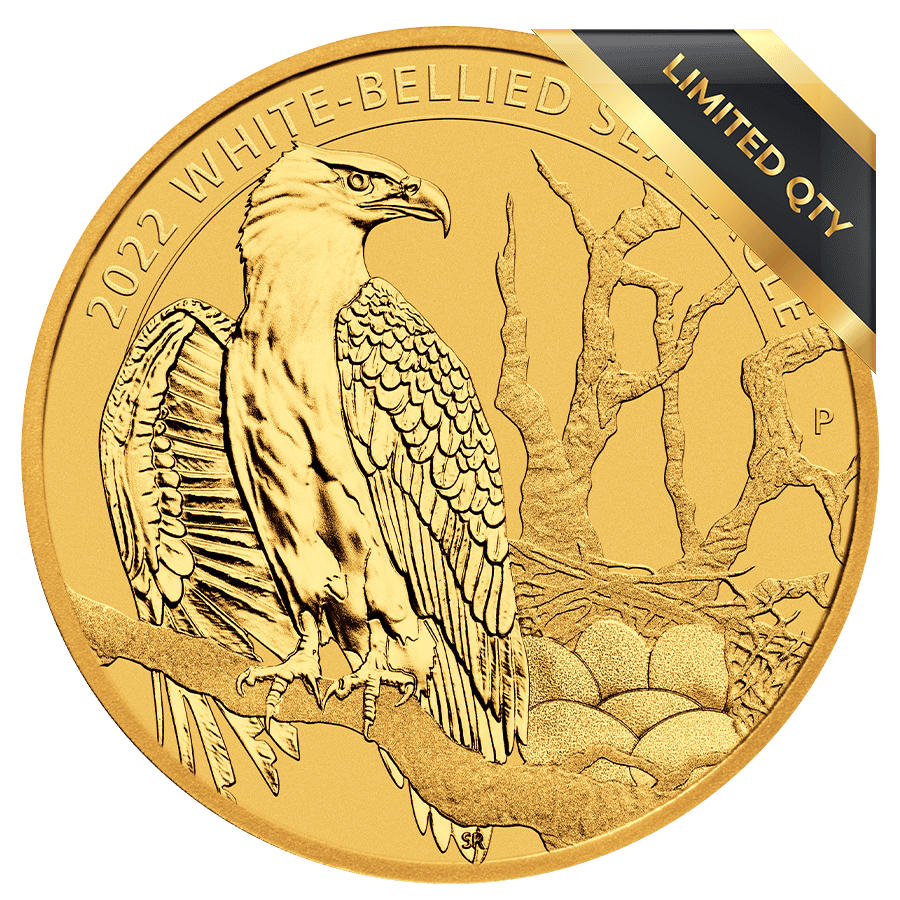 |
 |
Buy Now |
Buy Now |
Act now and join the millions who trust gold to secure their wealth.


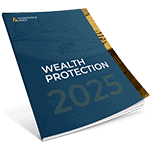
 Custom Precious Metals IRA
Custom Precious Metals IRA Gold IRA
Gold IRA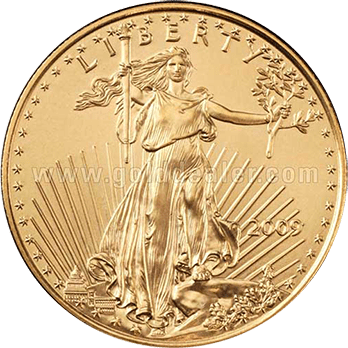 Gold Products
Gold Products Silver Products
Silver Products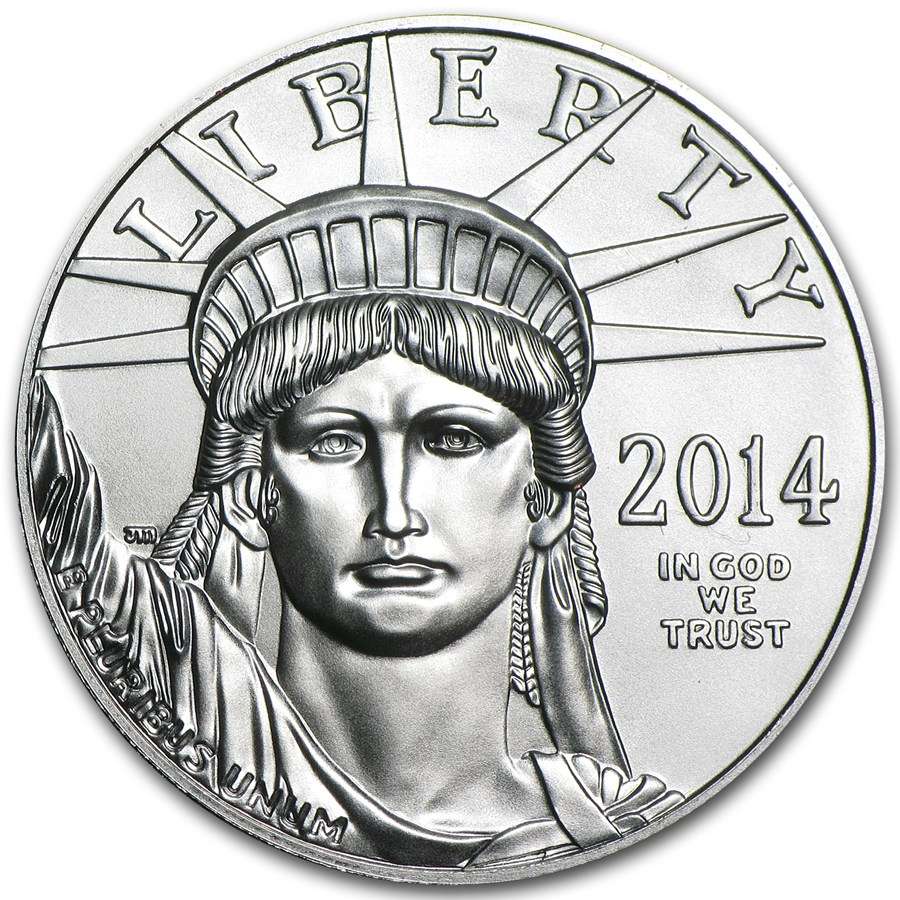 Platinum
Platinum